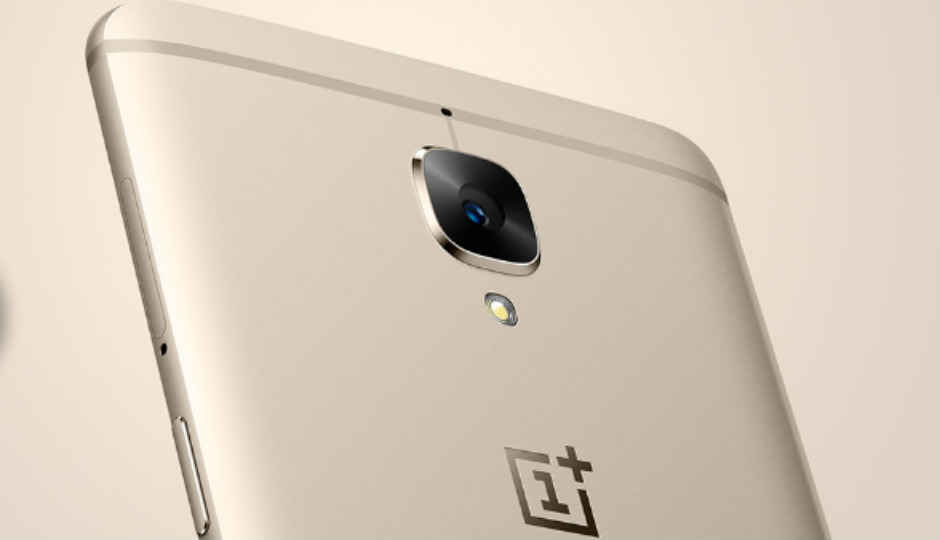Leaks suggest OnePlus 3T will come with Snapdragon 821

The OnePlus 3T will be an upgraded version of the OnePlus 3, with Andoid Nougat; all other specifications are expected to remain the same
A new and faster OnePlus smartphone called the OnePlus 3T might be available to customers soon. The current flagship, the OnePlus 3, comes with a Snapdragon 820 processor clocked at 2.15GHz. If rumours turn out to be true, the new device could well be armed with a Qualcomm Snapdragon 821 clocked at 2.4GHz, which was released after the launch of the OnePlus 3. Speculation also suggests that the alleged OnePlus 3T might come with Android v7.0 Nougat out of the box. All other specifications are expected to remain the same as on the OnePlus 3.
A new OnePlus device with the model number A3010 has been registered by the China Compulsory Certification, a mandatory certification test required for any product to be sold in the Chinese market. The imminent launch of the new device was also confirmed by netizens who spotted a OnePlus designer, posting on Chinese social networking website Weibo.
The OnePlus 3 has a 5 inch 1080p AMOLED display. It runs on the Android Marshmallow v6.0.1 with the Oxygen OS layered on top. Mated to a Qualcomm Snapdragon 820 SoC, the OnePlus 3 sports 6GB RAM with 64GB storage. There is also a 16MP rear camera with OIS, PDAF and an 8MP front camera. Other features include a front fingerprint sensor, Metal Unibody design, Dual SIM 4G, Corning Gorilla Glass 4 protection, NFC, USB Type C and a Notification LED. All this is backed by a 3000mAh battery with Quick Charge support (Dash Charge),
OnePlus will be staying with Optic AMOLED displays for the foreseeable future.
— Carl Pei (@getpeid) October 13, 2016
Separately, the rumours about OnePlus doing away with the AMOLED panels for the OnePlus 3 have been laid to rest after a tweet by OnePlus Founder Carl Pei. Pei tweeted that OnePlus will hang on to the AMOLED panels “for the foreseeable future.” OLED displays have become popular among cell phone manufacturers as they are more energy efficient and provide better contrast in comparison to traditional LCD panels.




